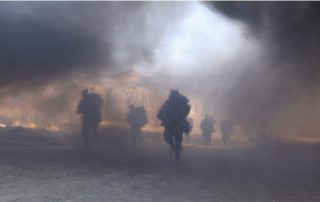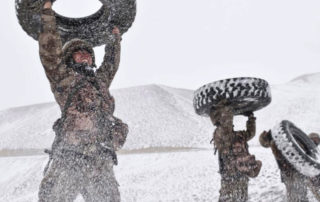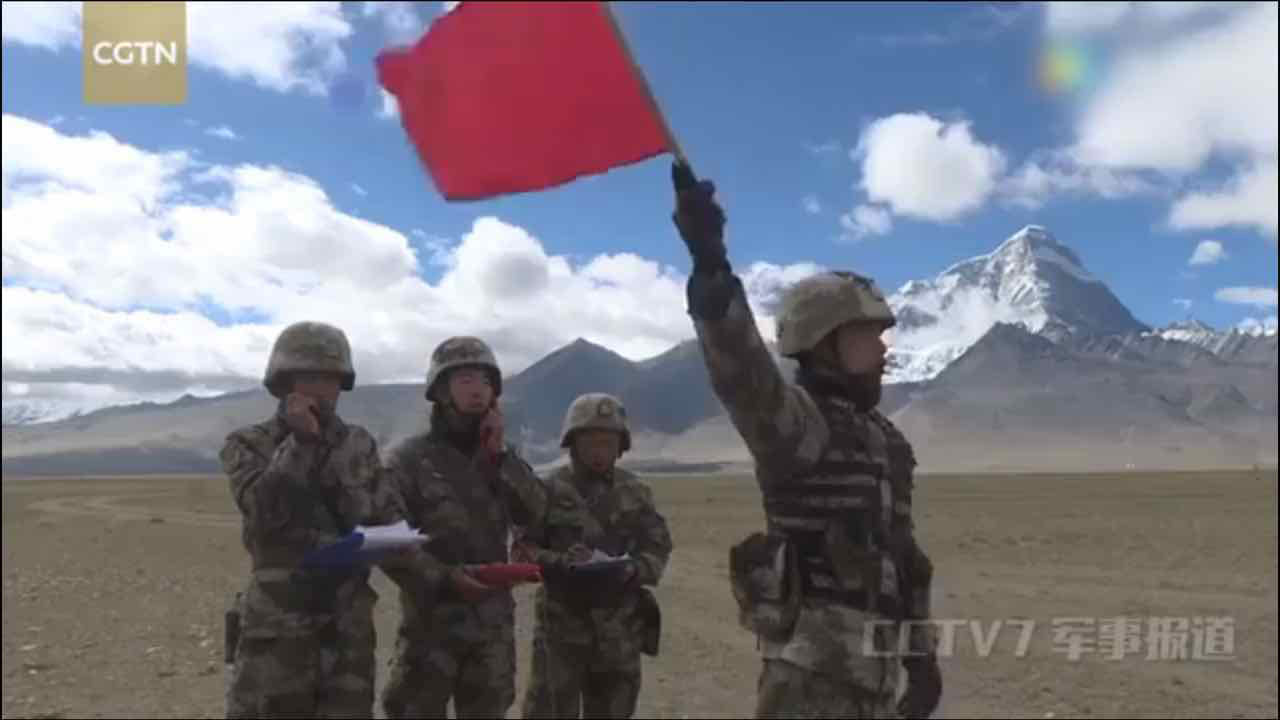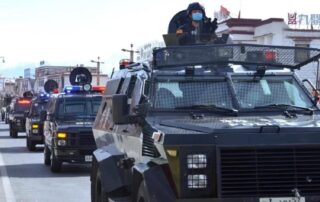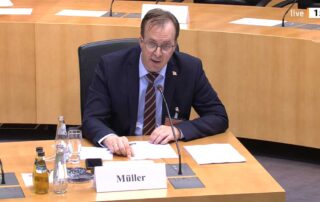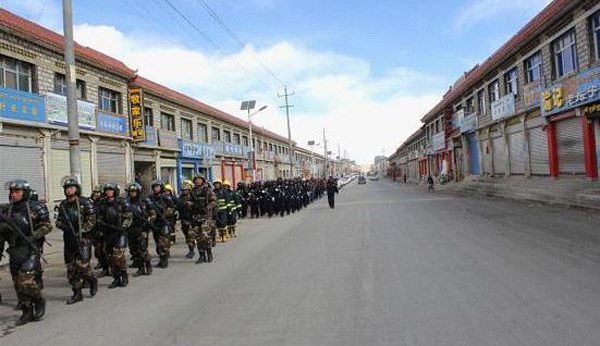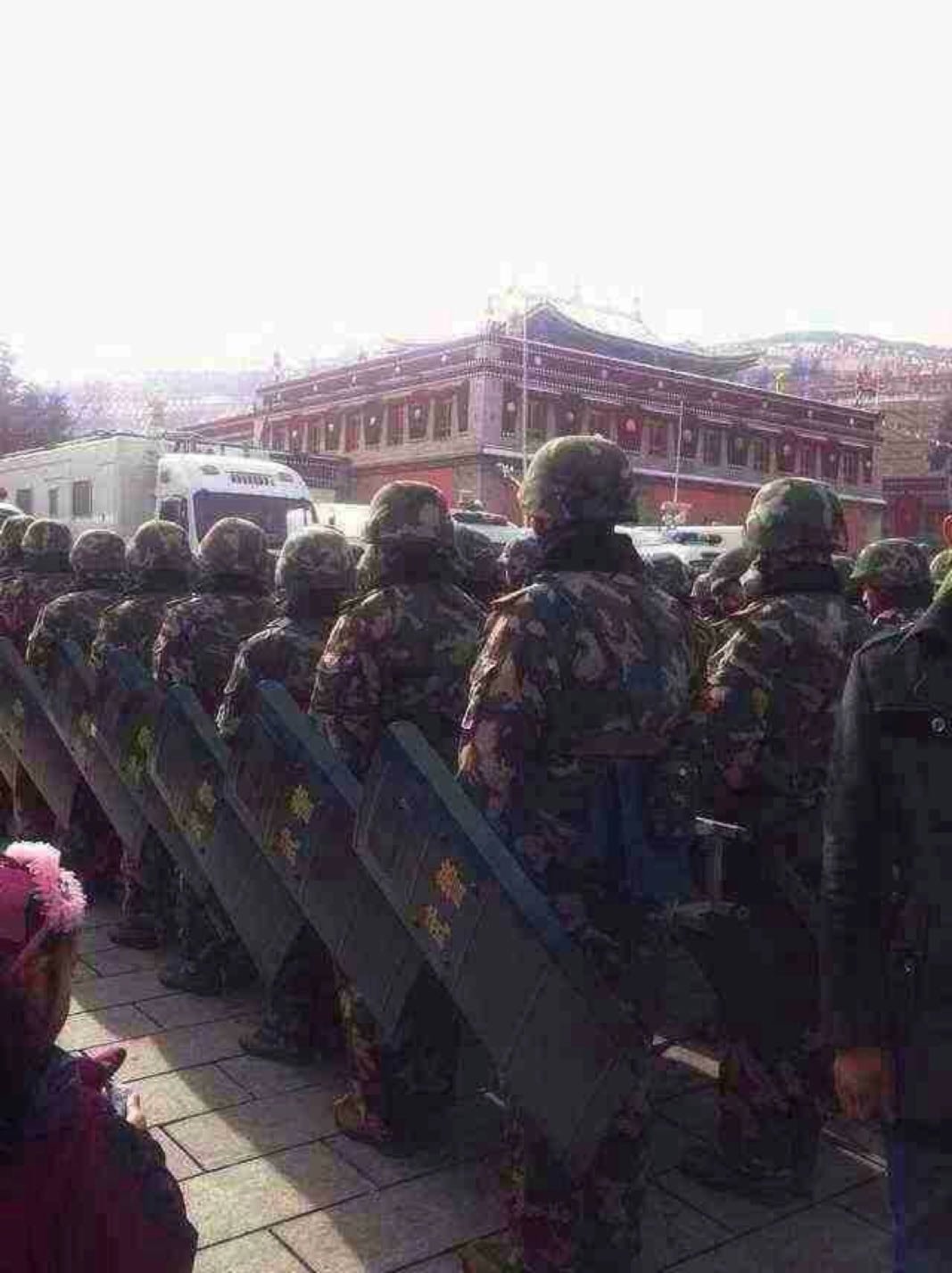Major military drill in buildup to Tibetan Uprising anniversary
March 8, 2022
The Chinese military has conducted a combat-readiness drill near Tibet’s sensitive borders with India in the buildup to the often-volatile Tibetan Uprising Day on March 10.
‘Wall of steel’ in Tibet with major military drill in buildup to March 10 anniversary
March 5, 2018
On the same day as a major prayer festival in Tibet on March 2 (2018), the Chinese authorities held a major military drill in Lhasa termed as a 'wall of steel' in the buildup to the sensitive political anniversary of Tibetan Uprising Day, March 10, in 1959.
China increases military drills in Tibet amid tensions with India
June 25, 2020
As tensions between India and China flare up, the International Campaign for Tibet has noted China’s increased military drills in Tibet, which are leading to the further militarization of a country that once served as a peaceful buffer between India and China.
Inside Tibet: Major live fire drill testing new tanks in Tibet highlights political imperatives, military capacity on plateau
July 21, 2017
In the fifth week of serious border tensions between China and India, China released footage of a major military live-fire assault exercise in the Tibet Autonomous Region. Soldiers used flame-throwers, rocket-propelled grenades and heavy machine guns to strike bunkers and various types of heavy weapons, including mortars, self-propelled howitzers, multiple rocket launchers and anti-tank missiles in the display of fire-power, which also trialled a new type of tank.
Massive show of military force close to Tibetan Uprising Day
March 12, 2020
As Tibetans looked ahead to the 61st anniversary of the Tibetan Uprising, the Chinese government made its continuing domination of their Himalayan homeland clear with a massive show of military force.
Leadership shifts in Tibet indicate Party priorities of military control and ‘stability’
A former officer in the People’s Liberation Army, Pema Trinley (Chinese transliteration: Baima Chilin) has been appointed Governor of the Tibet Autonomous [...]
ICT testifies at German parliament hearing on China’s human rights record
November 25, 2020
The German parliament heard testimonies from ICT’s Executive Director for Germany Kai Mueller and other human rights experts at a hearing last week at the Human Rights Committee of the Bundestag.
Tibetan man dies after self-immolation; oppressive measures intensified in March 10 anniversary week
March 7, 2018
A Tibetan man in his forties, Tsekho Tugchak, set fire to himself and died today (March 7) in Ngaba (Chinese: Aba), eastern Tibet, the first self-immolation in Tibet this year.
Inside Tibet: The four loves and the enemy within: new ideological campaign in Tibet reflects heightened agenda of control in 19th Party Congress year
April 20, 2017
The Chinese authorities have launched a new ideological campaign in the Tibet Autonomous Region (TAR) aimed at “diluting the negative impact of religion” and promoting loyalty to Xi Jinping as part of an intensified control agenda in the year of the 19th Party Congress.
The new propaganda effort is focused around the “four loves”, which are defined as “core interests” of the Chinese Communist Party; the motherland; one’s home town, and one’s livelihood – and was promoted in numerous meetings around the region over the last two weeks.[1]
Major troop movements in Tibet; hardline approach to Dalai Lama in key policy talks
August 12, 2015
- Major troop movements, including tanks or heavy artillery in convoys of more than 200 vehicles, have been observed in different parts of Tibet in the buildup to the September 1 anniversary of the establishment of the Tibet Autonomous Region, which will be attended by Chinese leaders from Beijing. The People’s Liberation Army held major live fire exercises this week led by the Chengdu military district that oversees Tibet and the border areas.
- The importance of the Tibet issue at the highest levels in China was underlined by a meeting of the top Politburo led by Party Secretary Xi Jinping on July 30. The issue of the Dalai Lama’s reincarnation was raised in the official media as a critical element of the PRC’s “sovereignty and national security”.
- The formation of a powerful new central group for ‘United Front’ work - the Party department involved in dialogue with the Dalai Lama’s representatives until talks stalled in January 2010 - is likely to indicate an upgrading of the department and a strengthening of control.
New aggressive “counter-terrorism” campaign expands from Xinjiang to Tibet with increased militarization of the plateau
October 15, 2014
The Communist Party leadership is increasing its emphasis on the need of political control of Tibet and its central importance for the ‘stability’ of the whole of the People’s Republic of China. An important part of this policy has been the expansion of an aggressive ‘counter-terrorism’ drive to Tibet, as part of a larger effort taking place in Xinjiang and across China, which is resulting in an intensified militarization of the plateau.
- Since last May, an expansive ‘counter-terrorism’ drive has been launched by the Chinese Government following some killings in Xinjiang and has expanded across China.
- In Tibet, Chinese authorities have organized large-scale military drills, intensified border security and are holding training exercises for troops on responding to self-immolations and in monasteries in order to be ‘combat’ ready.
The crackdown in Tibet under Xi: the March anniversaries and Tibetan New Year as Xi Jinping marks a year in power
March 18, 2014
- During the sensitive period of the March 10 anniversary of the 1959 uprising and 2008 protests, security was intensified with massive military deployment in Lhasa and other Tibetan areas in ‘emergency stability maintenance’ drills.
- Devices to grab self-immolators were showcased by paramilitary troops in a display of fire-power intended to be intimidating during a period which is a somber reminder to Tibetans of more than 50 years of oppression.
- Two Tibetan monks set fire to themselves on March 16, the anniversary of the killing of unarmed protestors in 2008 in Ngaba.
- Troop deployment was particularly intimidating and visible at prayer ceremonies in eastern Tibetan areas in the buildup to Tibetan New Year (Losar), which fell this year on March 2, just a week before the March 10 anniversary.
- At the same time, Tibetans are seeking to counter the oppressive measures and in one new development, made appeals to local leaders against the heavy deployment of troops in monasteries and at religious gatherings, and expressed their distress about the disappearances of Tibetans and torture of Tibetans in custody, with some parents submitting letters about the disappearance of their children.

